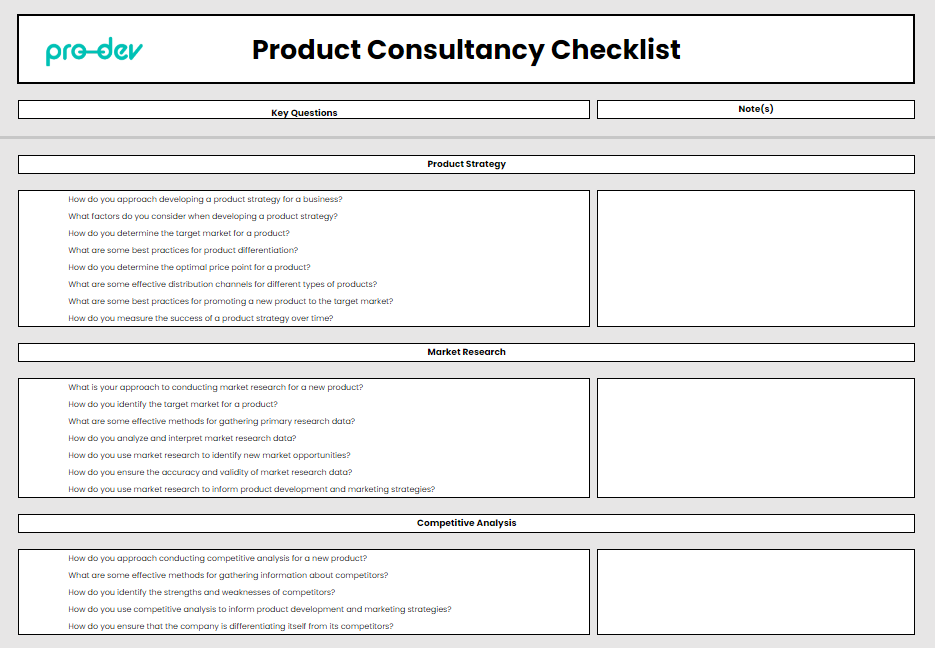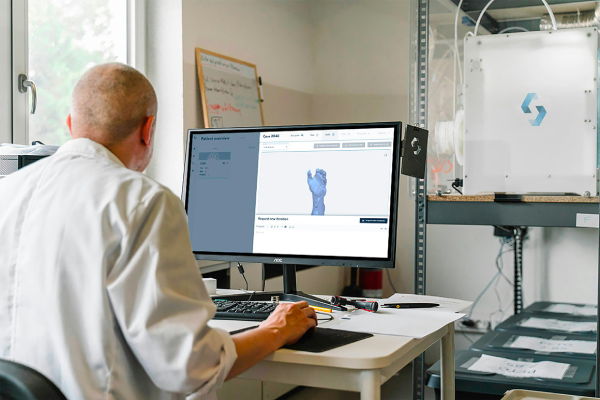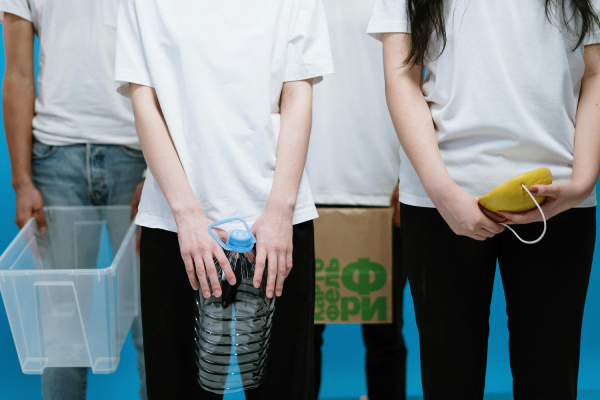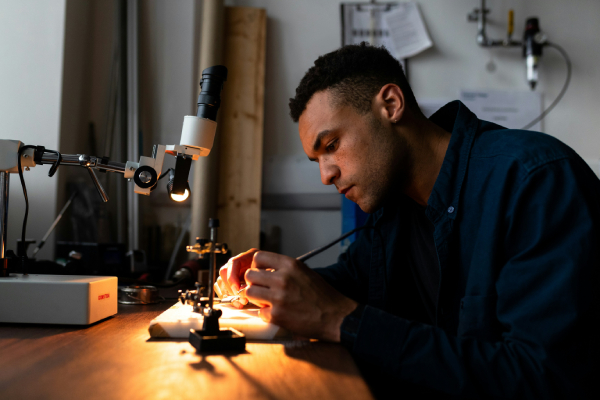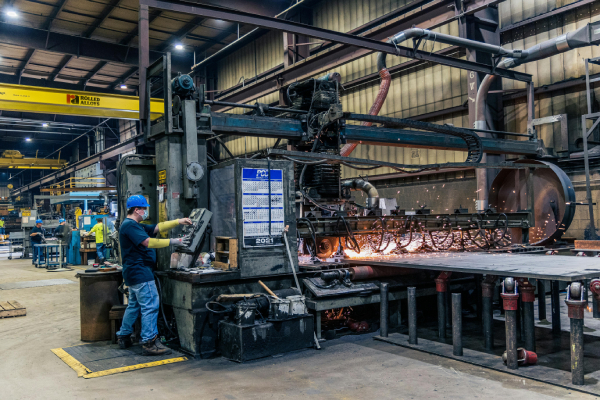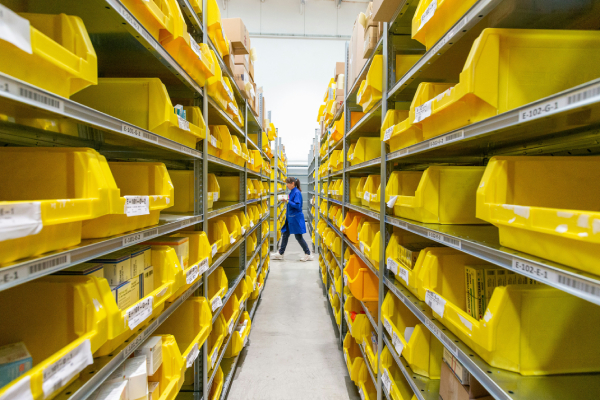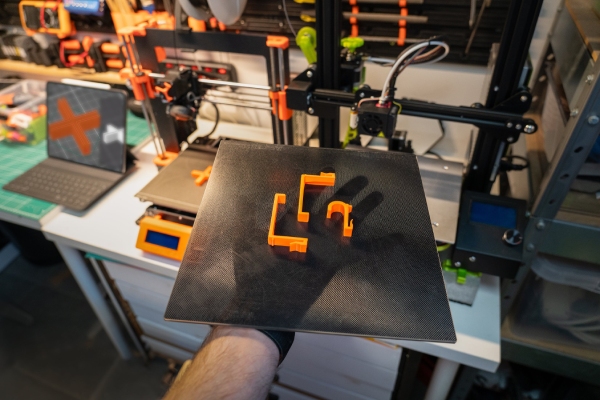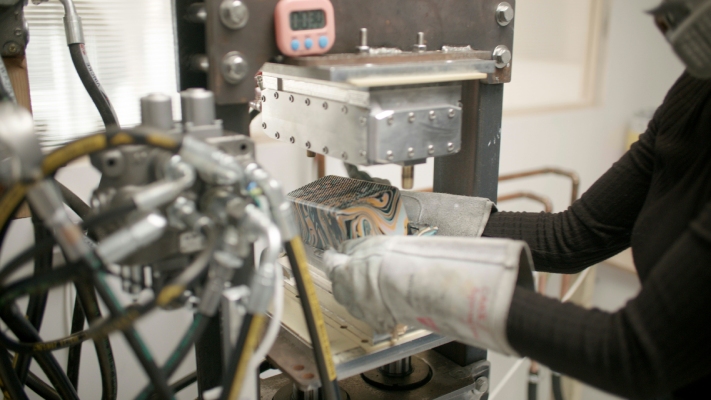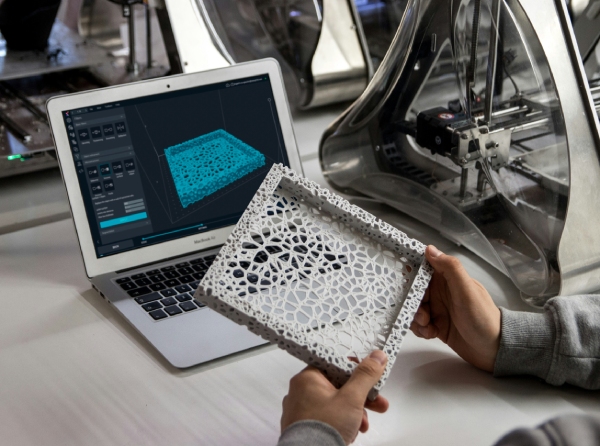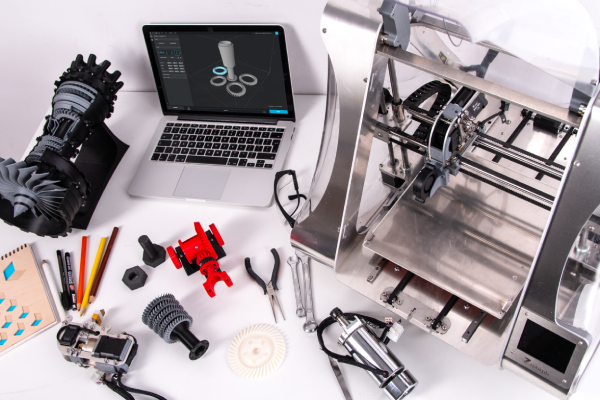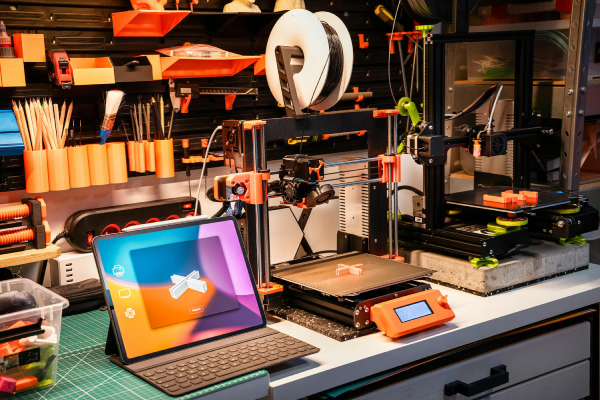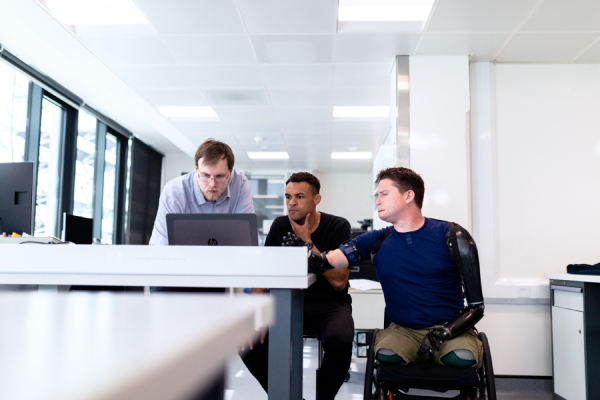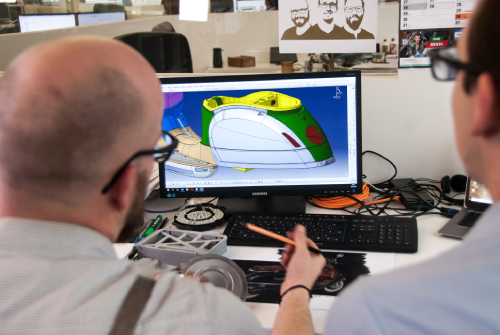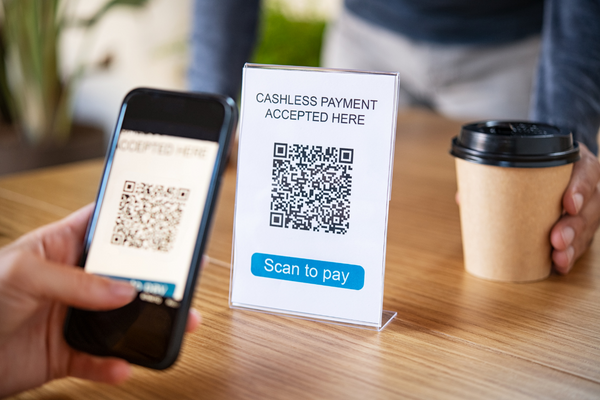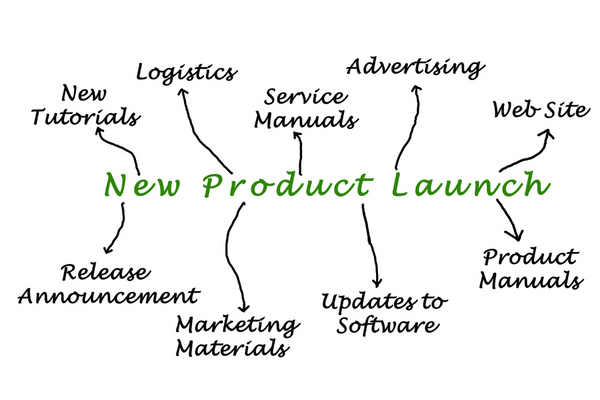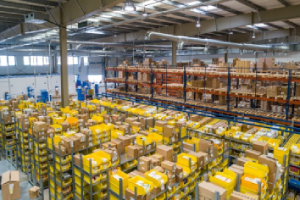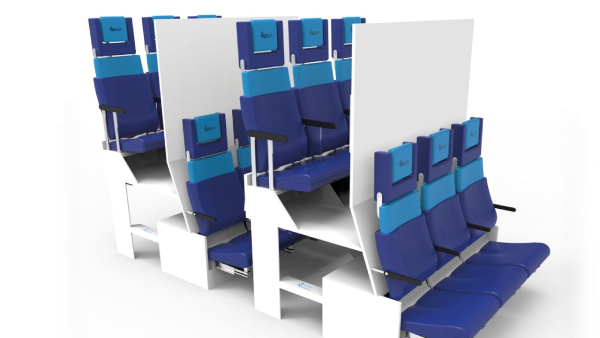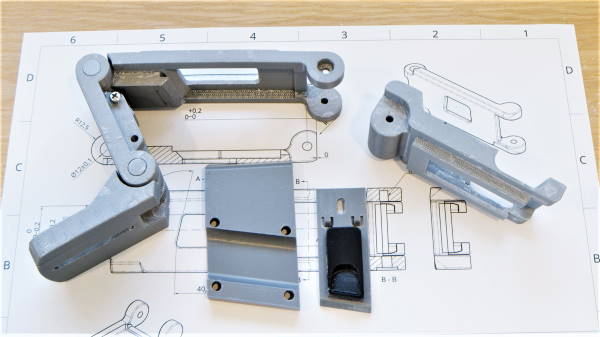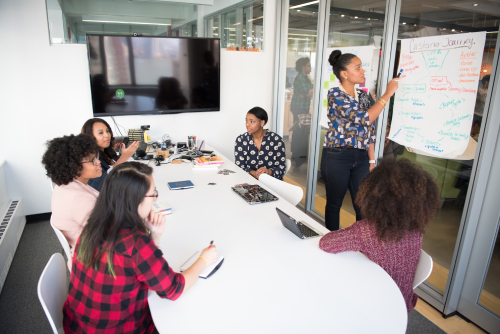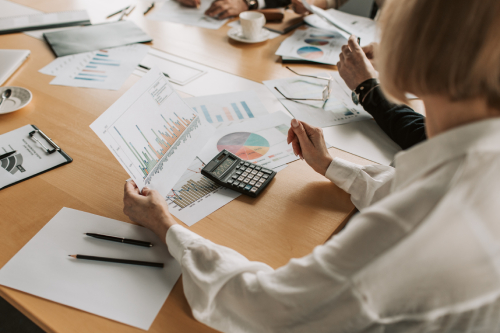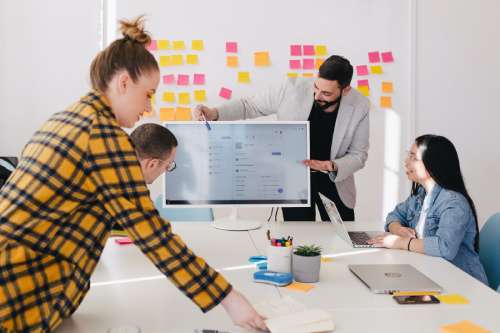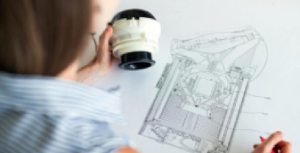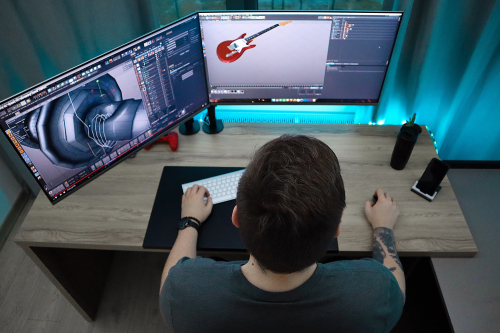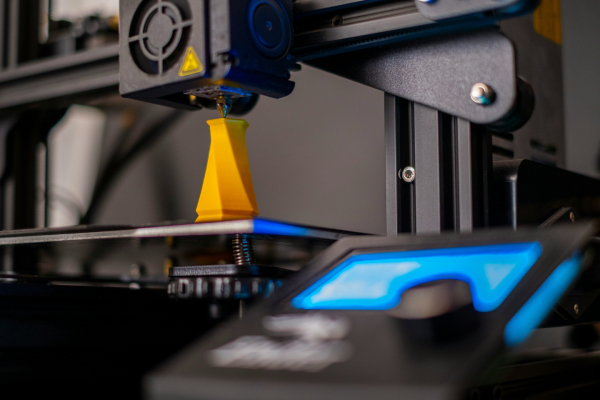
Even though 3D printing has become a common manufacturing procedure across various industries in recent years, early iterations of this technology can be traced back to the early 1980s. In 1981, Dr. Hideo Kodama was looking for a way to develop a rapid prototyping system, and during his search, he invented the machine that used UV lights to harden polymers to create solid objects via a layer-by-layer approach.
His invention is considered to be the stepping stone to stereolithography (SLA), and even though he was unable to file a patent for his invention, Dr. Kodama is often credited as the first inventor of 3D printers.
The first patent for SLA technology, however, was filed by Chuck Hull in 1986. Chuck Hull was an American furniture builder who was frustrated with being unable to easily create small custom parts. To solve this issue, he developed a system that curated photosensitive resin layer by layer to create 3D models. In 1988, he founded the 3D Systems Corporation and released the first SLA 3D printer, the SLA-1.
Since 3D printing has been made available for more than three decades, it has received many upgrades that have improved its performance and utility. Today, a lot of newer innovations have been made to further enhance the capabilities of this technology. Let’s have a look at some of them.
Quicker Printing Times
The layer-by-layer process 3D printers use is notorious for being slow. Depending on the size and amount of detail on the model, the time to complete the project can take anywhere from 30 minutes up to more than 10 hours, and sometimes even several days.
Fortunately, advances in 3D printing technology have led to improvements in printing speed. Factors that contribute to quicker printing times include advancements in printing processes, better hardware, and optimisation of software algorithms.
More Portable 3D Printing Tech
There has been a trend toward developing more portable and user-friendly 3D printers. This includes compact desktop 3D printers and even portable handheld devices. The goal is to make 3D printing more accessible to a broader audience so that hobbyists, educators, and professionals may benefit from on-the-go printing capabilities.
An Expansion of 3D Printing Materials
The range of materials compatible with 3D printing has expanded significantly. Initially dominated by plastics, 3D printing now accommodates a variety of materials, including metals, ceramics, composites, and biocompatible materials. This expansion allows for more diverse applications, from functional prototypes to production-grade parts with specific material properties.
How 3D Printing Has Affected Industrial Design
Thanks to these innovations in 3D printing, a lot of businesses in industrial design have incorporated this technology into their manufacturing processes. Many industrial design Christchurch-based companies, for instance, use 3D printers because they provide them with the following benefits:
Cost-Effective Solution for Small-Batch Production
Traditional manufacturing methods often involve significant setup costs, especially for creating moulds and tooling required for production. In contrast, 3D printing provides an efficient alternative, making it particularly beneficial for businesses or designers looking to produce limited quantities of specialised or niche products.
One of the key advantages lies in the elimination of the need for expensive moulds. 3D printing allows for the direct fabrication of components layer by layer, avoiding the upfront costs associated with traditional manufacturing.
Furthermore, 3D printing enables quick adjustments to designs without incurring substantial additional costs. This agility is particularly advantageous for refining and perfecting products during the early stages of production.
Greater Design Flexibility
The 3D printing’s layer-by-layer additive manufacturing process allows for the creation of intricate geometries, stunning lattice structures, and organic shapes that might be challenging or impossible to achieve with traditional methods. This capability opens up a realm of possibilities for designers, encouraging innovative thinking and the exploration of unconventional designs.
Moreover, 3D printing allows for the production of lightweight structures with optimised internal geometries, enhancing both functionality and aesthetics. This is particularly relevant in industries such as aerospace and automotive, where weight reduction and performance are critical factors.
Having the ability to experiment with intricate details and sophisticated designs during the prototyping phase allows industrial designers to create a more refined and polished end product. They can also iterate quickly, making adjustments on the fly and testing multiple iterations without the constraints that traditional manufacturing methods impose.
Rapid Prototyping
Traditional prototyping methods often involve time-consuming processes, which can significantly extend the product development timeline. 3D printing revolutionises this aspect by offering a swift and efficient way to turn digital designs into physical prototypes.
The layer-by-layer additive manufacturing process allows designers to quickly produce prototypes that accurately represent the final product. This enables iterative testing and refinement, allowing for the identification and rectification of design flaws or improvements in a much shorter timeframe than traditional methods would permit.
Furthermore, 3D printing supports the creation of functional prototypes, providing a tangible representation of the end product's performance. This is particularly crucial in industries where the functionality and fit of a product are crucial, such as in the development of medical devices or consumer electronics.
The innovations in 3D printing have given industrial designers a new way to manufacture their products in a more cost-effective and efficient manner. The multifaceted benefits this technology provides have also revolutionised the way products are conceptualised, designed, and introduced to the market. Thus, it’s no surprise that 3D printing has become an integral part of the manufacturing processes of small industrial designing businesses and large manufacturing companies.
